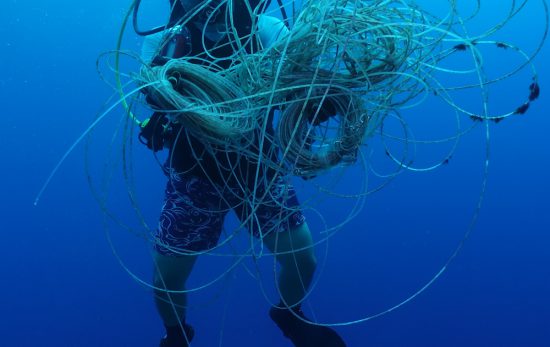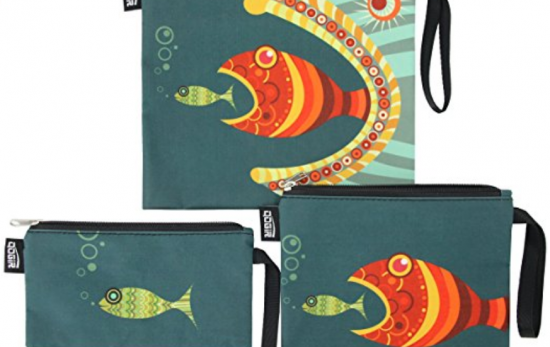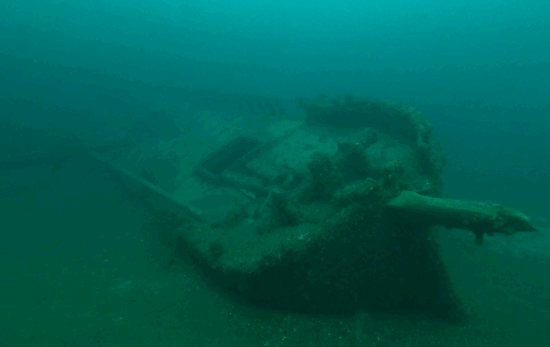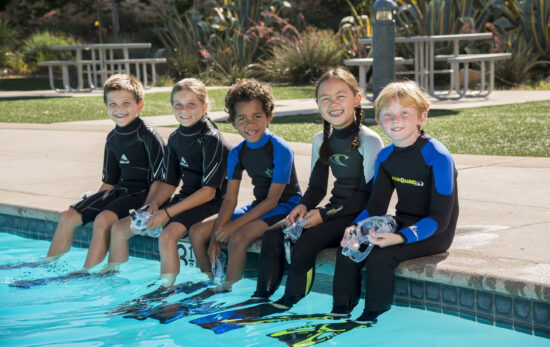A blog for PADI by AmbassaDiver™ Birgitta Mueck
Crystal clear, warm waters are normally what we imagine when thinking about coral reefs. This is as corals normally require sunlight and therefore commonly grow in the clear, shallow waters of tropical and sub-tropical seas. But corals are not only warm-water creatures. There are actually many coral species living in cold waters and at great depths, sometimes hundreds or even thousands of meters below the surface. Let me take you on a journey to the place where my great dream of diving a cold-water coral reef would finally come true, to the refreshing waters of Norway, where the Lophelia pertusa corals thrive in the cold and dark environment.
Unlike tropical corals, cold-water corals don’t have symbiotic algae living in their polyps which is why they don’t need sunlight to survive. Instead, they feed solely by capturing food particles from the surrounding water, and their polyps tend to be much bigger than tropical corals.
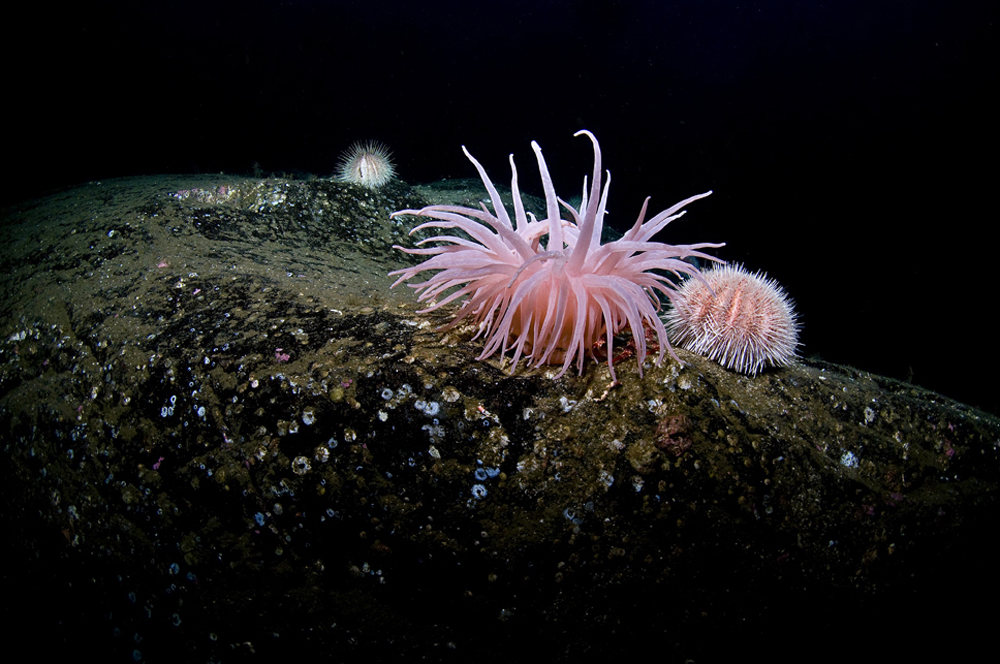
Lophelia pertusa is a fascinating deep-water coral which normally lives at depths between 100-1000 meters. This reef building coral species can also found at even greater depths, sometimes as deep as 3000 meters or even more… They are slow growing corals (usually growing about 5 to 10 mm per year), but over time they form extensive reefs. The largest recorded Lophelia reef “Røstrevet” measures incredible 3 kilometers in width and 35 kilometers in length, and lies at a depth of 300–400 meters off the Lofoten Islands in Northern Norway.
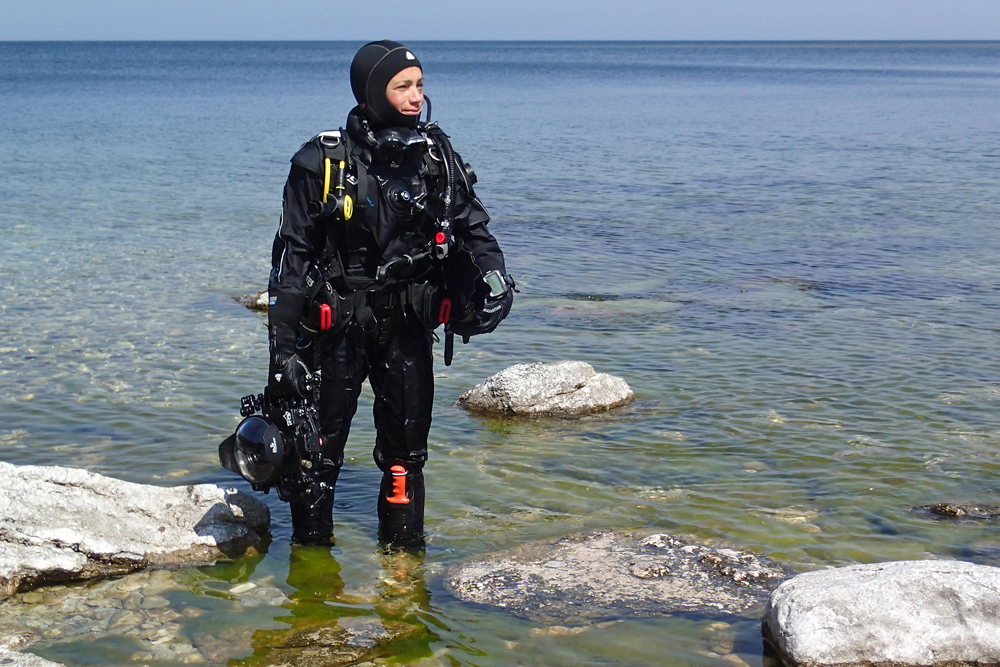
As impressive as it is to know that Lophelia reefs have been dated to an age of 8,700 years, scientists believe that Lophelia pertusa reefs can be up to a remarkable 10,000 years old! These are reefs which are home to diverse communities, where a total number of identified species on one particular reef, in the Northeast Atlantic is over 1100. But as these corals are extremely slow growing, they are easily harmed by fishing practices, or oil exploration and extraction. In Swedish waters, for example, there were three known reefs, of which two of them are already gone, a result from destructive bottom trawling. And here in Norway, the Norwegian government currently wants to open up for oil drilling in the area close to where the world’s biggest known reef “Røstrevet” is located…
Knowing the Lophelia pertusa is a deep-water living coral, what are the odds of finding such a cold-water coral reef shallow enough to be able to experience it while diving?
During the recording of our film “Coral Gardens of Scandinavia”, our final goal was to achieve our great dream of experiencing a Lophelia reef with our own eyes while diving. To realize this big dream of ours, we sailed to Trondheimsfjorden in the west-central part of Norway. In the year 2000, a local diving club “Leksviks dykkeklubb” found an extraordinary reef “The Tautra Reef” at a depth of approximately 40 meters inside this fjord. Since then, this Lophelia reef has become the shallowest cold-water coral reef known to the world.
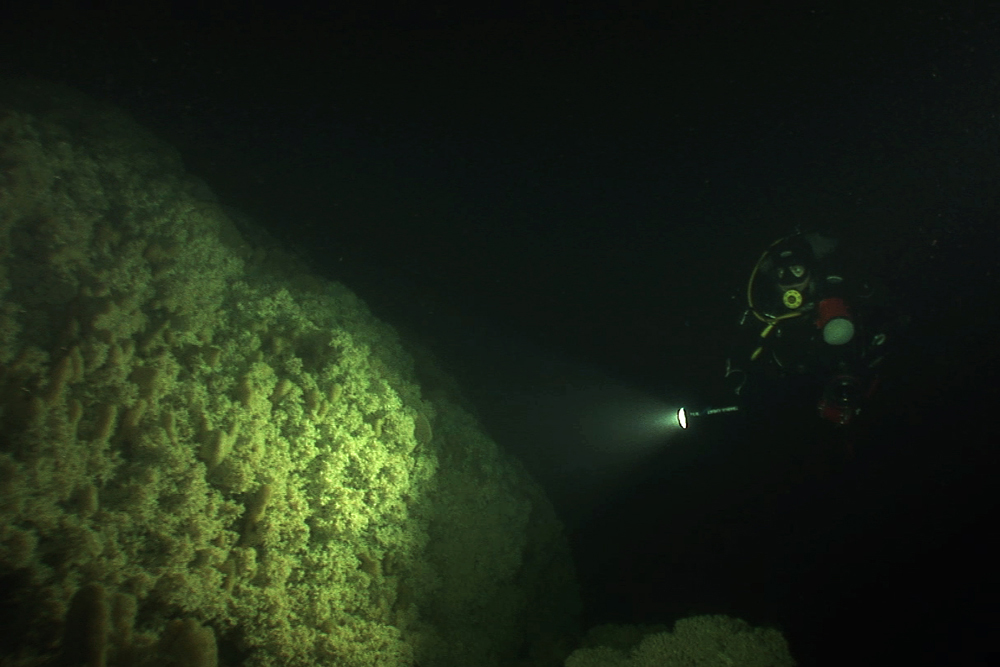
To be able to find and dive this unique reef, a free descent in open water down to 40 meters is needed. The location has a strong current, and we therefore needed to carefully plan the dive according to the tide table. At 40 meters, the cold and vast surrounding is completely dark. Even not the slightest beam from the smiling sunshine above is able to reach us down here. In the never ending darkness, thanks to the strong light from our film lamps, we finally started to glimpse a shadow big as a car. Slowly, the white reef started to appear in front of us. It is the Tautra Reef! When peacefully swimming next to the world’s shallowest deep-water coral reef known to man I felt a great admiration and deep respect. It’s such an unique place, a reef that has probably existed for thousands of years, and a home to multiple marine life of various kinds…
There is such an amazing world hidden in our oceans, much of it yet not explored, but it so easily gets ruined if we don’t take responsibility to protect and preserve its fragile habitats. This is where we divers have an important role, to share and spread our love and dedication for the Ocean and its amazing life. Project AWARE’s 10 Tips for Divers to Protect the Ocean Planet are always useful, especially when diving in areas as delicate as these. 2018 is International Year of the Reef, you can find out more about what this means here.
You can see more from my various adventures on my blog and Facebook page.
If this post has inspired you to travel to Norway and experience its cold water diving for yourself check out our PADI Travel page here.
